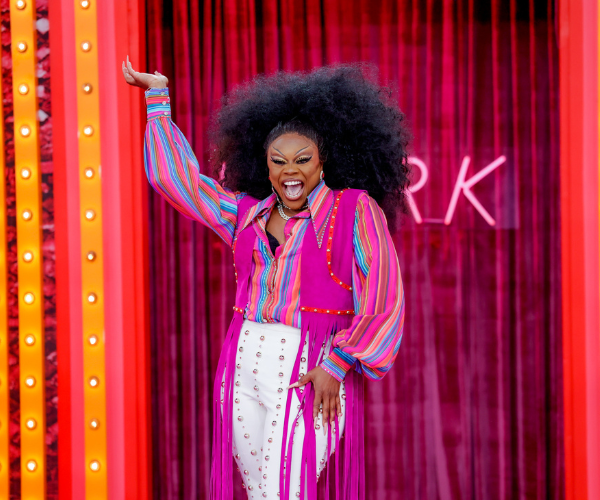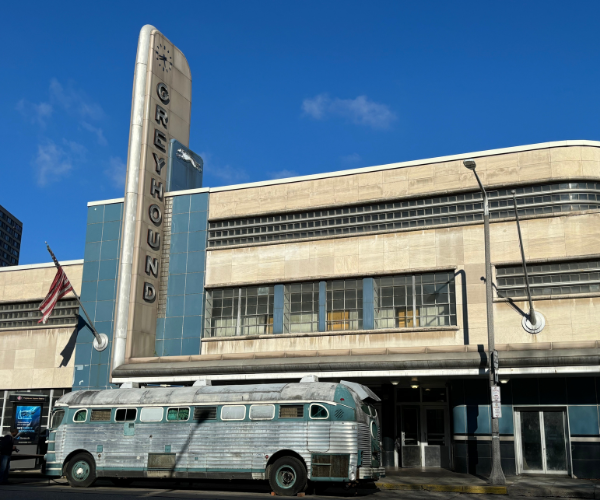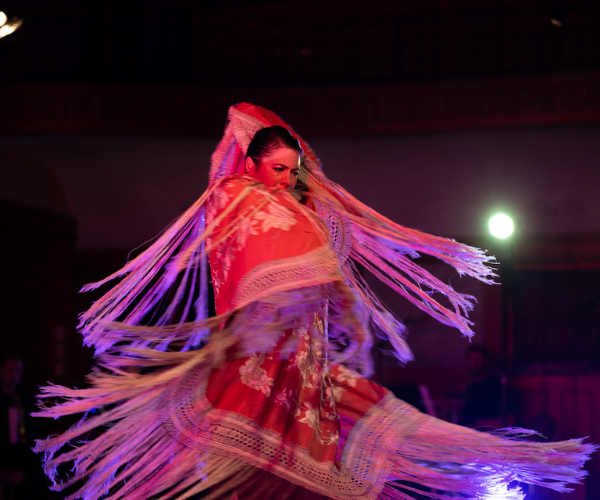The Diamond Co. dance company was preparing for its spring showcase last March when the COVID-19 pandemic halted practice. Cancellation of the showcase followed. Two long months later, when the troupe regrouped in June, the pandemic had become a backdrop for social injustice. The girls, ages 9 to 26, wanted to respond. The result was Freedom, a dance visual that has accumulated more than 2,150 views on YouTube. Filmed Aug. 16, Freedom displays the dancers’ raw expression alongside Cleveland landmarks. LaChanee Hipps, who founded the dance organization Buck Out Cleveland in 2016 and added the Diamond Co. troupe in 2019, has made it her mission to provide girls with higher education resources and opportunities at historically Black colleges and universities through dance. Hipps fills us in on Freedom’s stunning portrait of Cleveland’s rising youth.
Q: How did Freedom take root?
A: The girls were frustrated. They were coming from practice right after the death of George Floyd. They [wanted] to talk about what’s going on. I took a pen and paper and I wrote down everything they said. [They wanted] to pay tribute to Black Lives Matter, they wanted to highlight the rage and frustration that they were feeling. They wanted to be outside. They said, ‘Let’s go to the Cleveland sign, there’s a mural on 93rd.’ I still have that paper in one of my memory boxes, because that was the start of Freedom.
Q: All the dance scenes were filmed in one day, in an hour and a half. How did you pull that off?
A: We had to hurry up. It was a hot day, but then it started raining out of nowhere. We shot the Cleveland scene first, got that done, ran back and saw the clouds started getting really dark. [The] four corners scene with a Michael Jackson loop, we shot in two takes, that’s all we could do. We have a younger branch of girls, ages 9 to 13. We told them, ‘Look, it’s about to rain. You got to give me everything you got. You only have one time to do it.’ And they did. They poured their little hearts out.
Q: Why is dance important in turbulent times?
A: It’s our language. I’ll speak for myself — I’m not one who’s likely to demonstrate in other ways. You probably won’t catch me at a protest. You probably won’t catch me at a demonstration. I have a different way of releasing. And those girls, I think we speak the same language. They don’t know what to say. They don’t know how to get the frustration out. They don’t know what to do. But you [see] clear as day on that video the frustration. That’s how we express, that is how we demonstrate, that is how we protest.
Q: How has the reception for Freedom been?
A: People initially didn’t know how to react. But it has gotten a great amount of community support. We just participated in the Martin Luther King Day celebration with the Rock and Roll Hall of Fame. They reached out initially just looking for a performance. I sent them Freedom and they streamed it as part of the event. To see that they felt that was fit to be a part of the celebration for the life and legacy of Dr. Martin Luther King, for me, spoke volumes on the respect that those girls and that project is getting.




